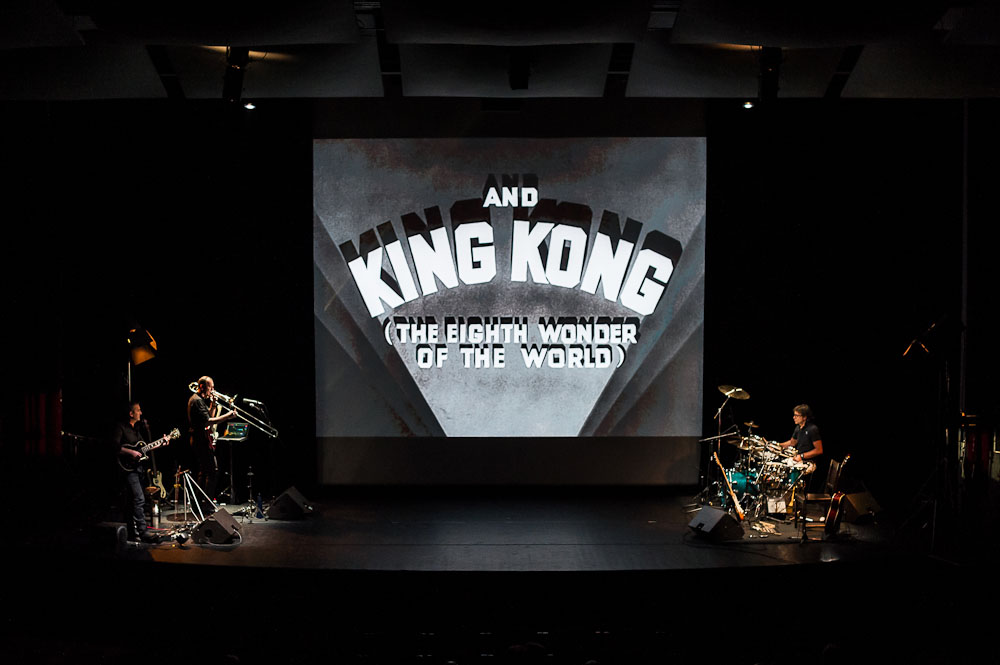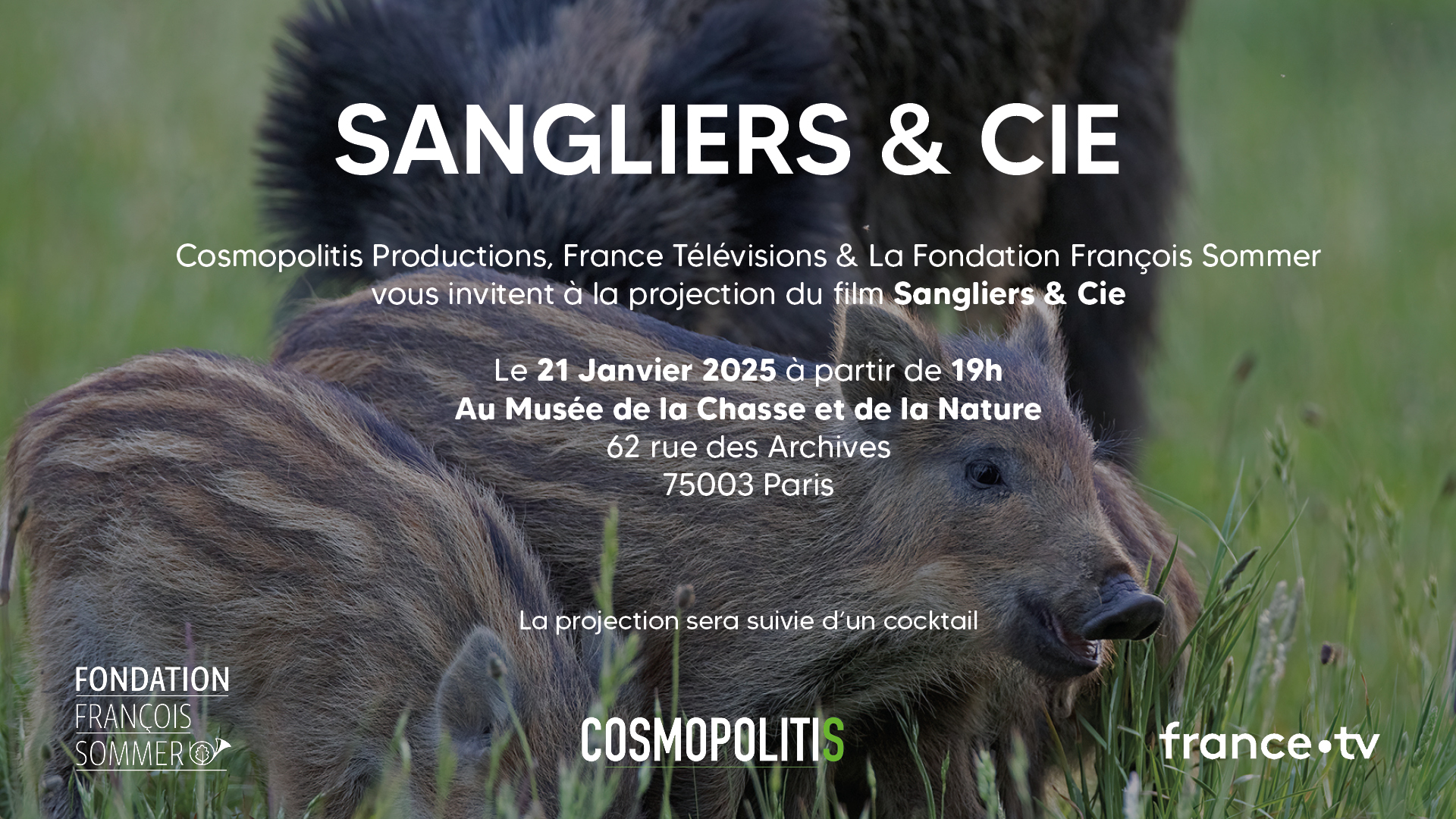Wednesday 16 November 2022 ↦ 19h30
Animal sculpture in the 19th century: from romanticism to realism
Animal sculpture had a second life in the 19th century. The 1831 salon experienced a turning point: The Tiger devouring a gharial by Antoine-Louis Barye aroused the admiration of the public, by the naturalistic treatment of the scene. Under the Second Empire, animal sculptures were particularly fashionable. The Société Protectrice des Animaux was created in 1845. Later, realism prevailed, and during the 1910s, Pompon triumphed in a return to the simplification of forms.
(Automatically translated with Google Translate)
Edouard Papet has been general curator for 19th century sculpture at the Musée d'Orsay in Paris since 1997. He has taken part in the exhibitions Daumier (1999), Charles Cordier (2004), Russian Art, in Search of Identity ( 2005), Gustave Doré (2014) He has curated the following exhibitions: A fleur de peau. Casting from life in the 19th century (2001), Masks, from Carpeaux to Picasso (2008), Jean-Baptiste Carpeaux. A sculptor for the Empire (2014), In color. Polychrome sculpture in France 1850-1910 (2018).


.png)

.png)


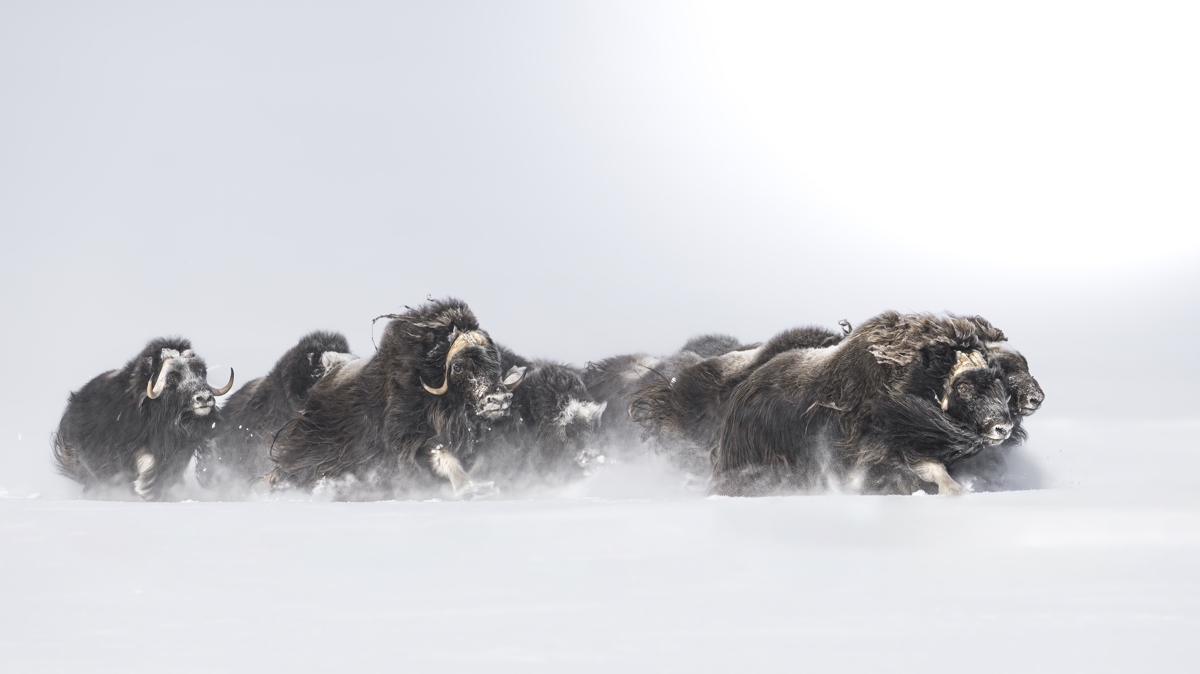
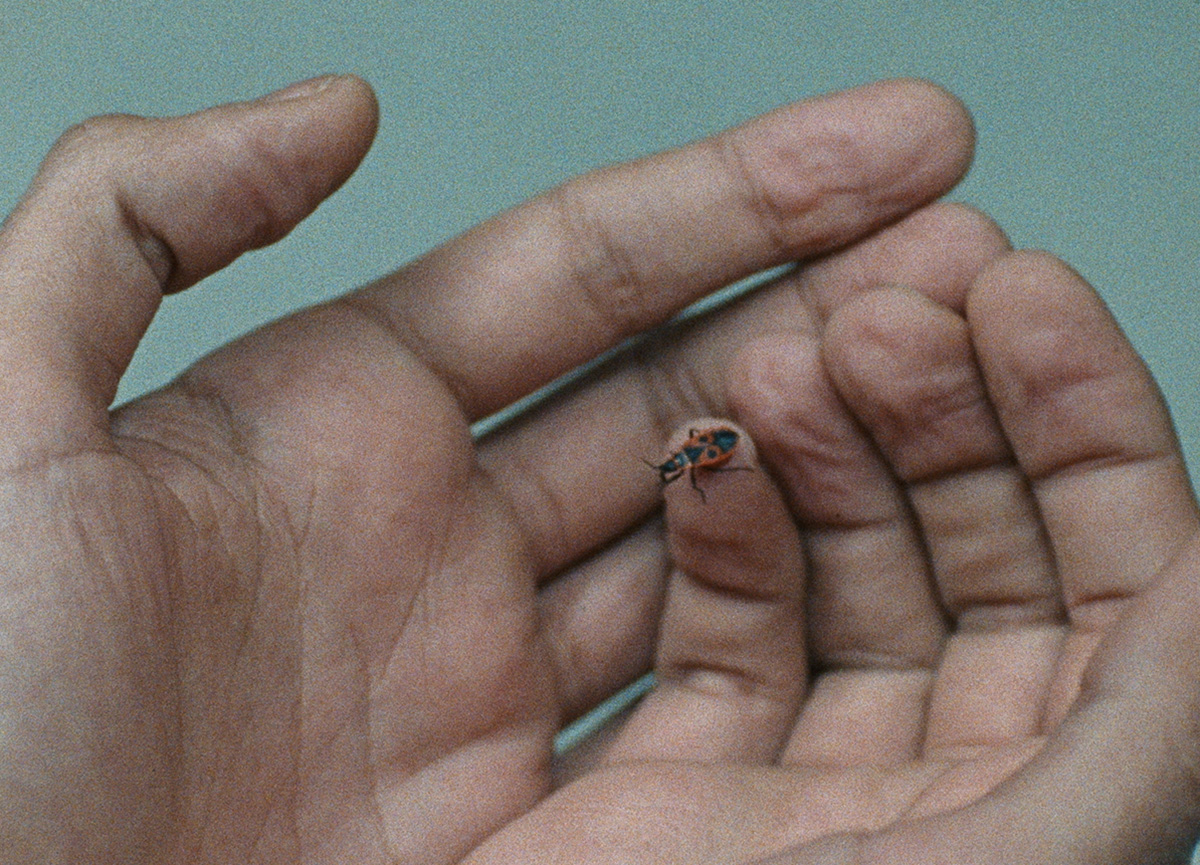
.png)



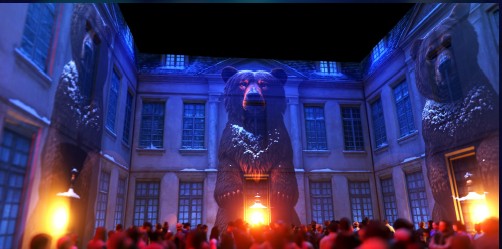
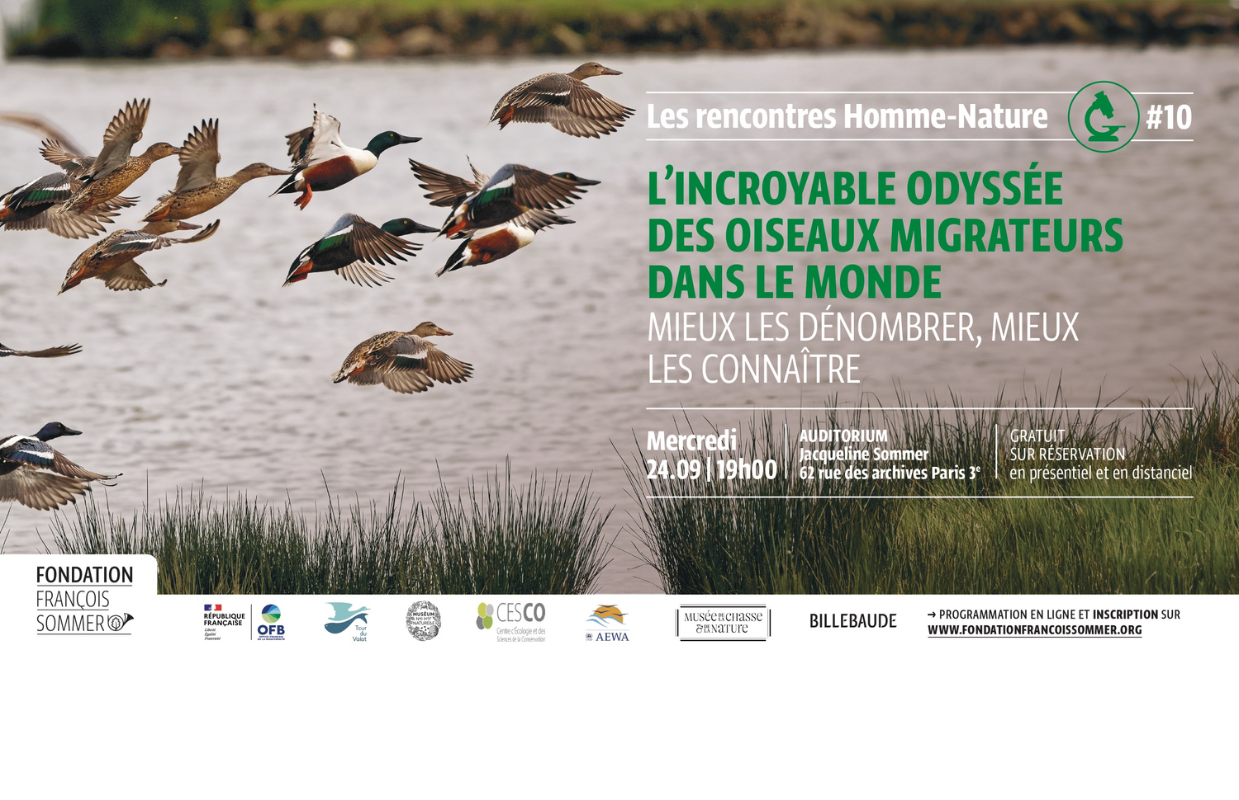
.png)
.png)

.png)
.png)




.png)
.png)
.png)




.png)


.png)

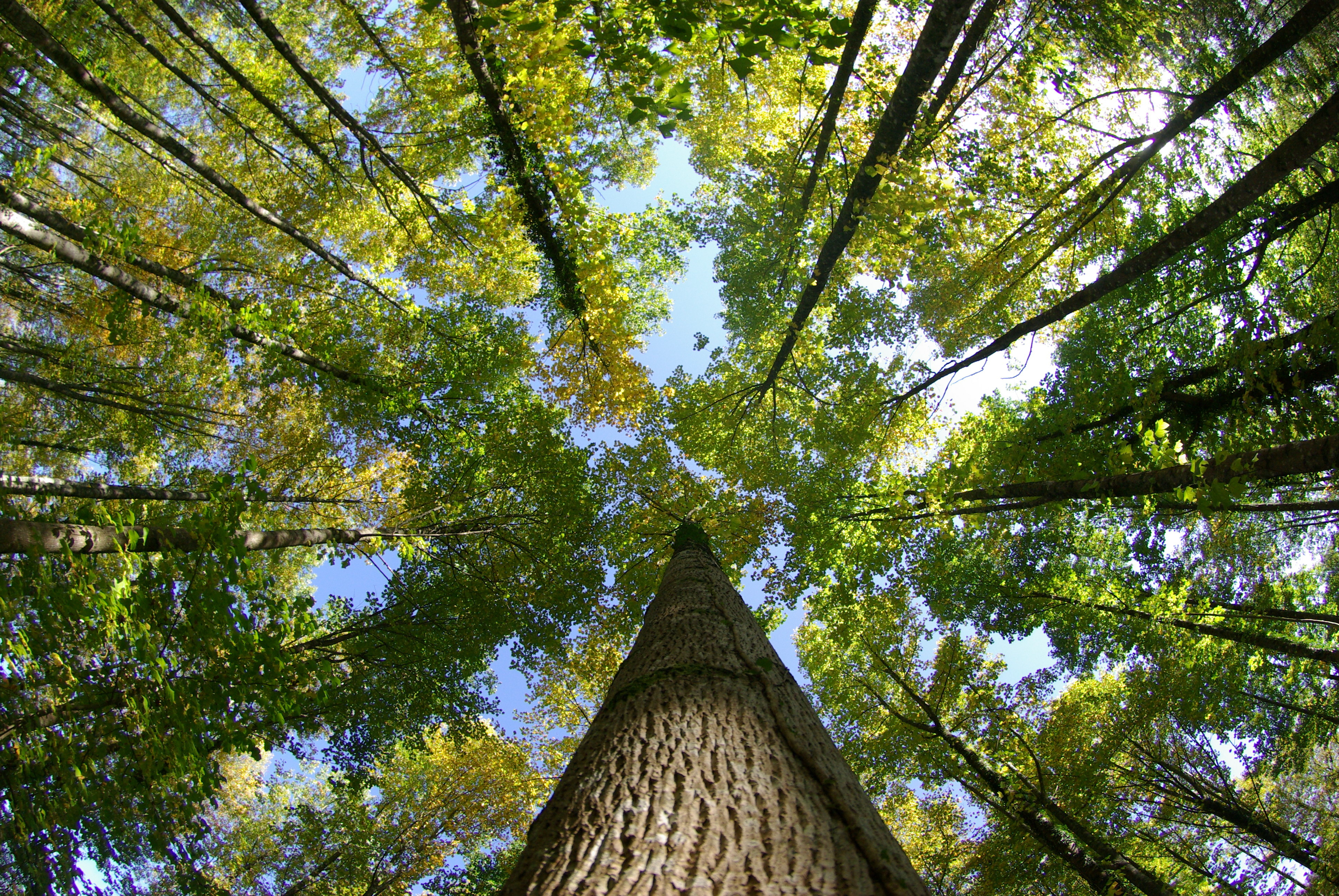

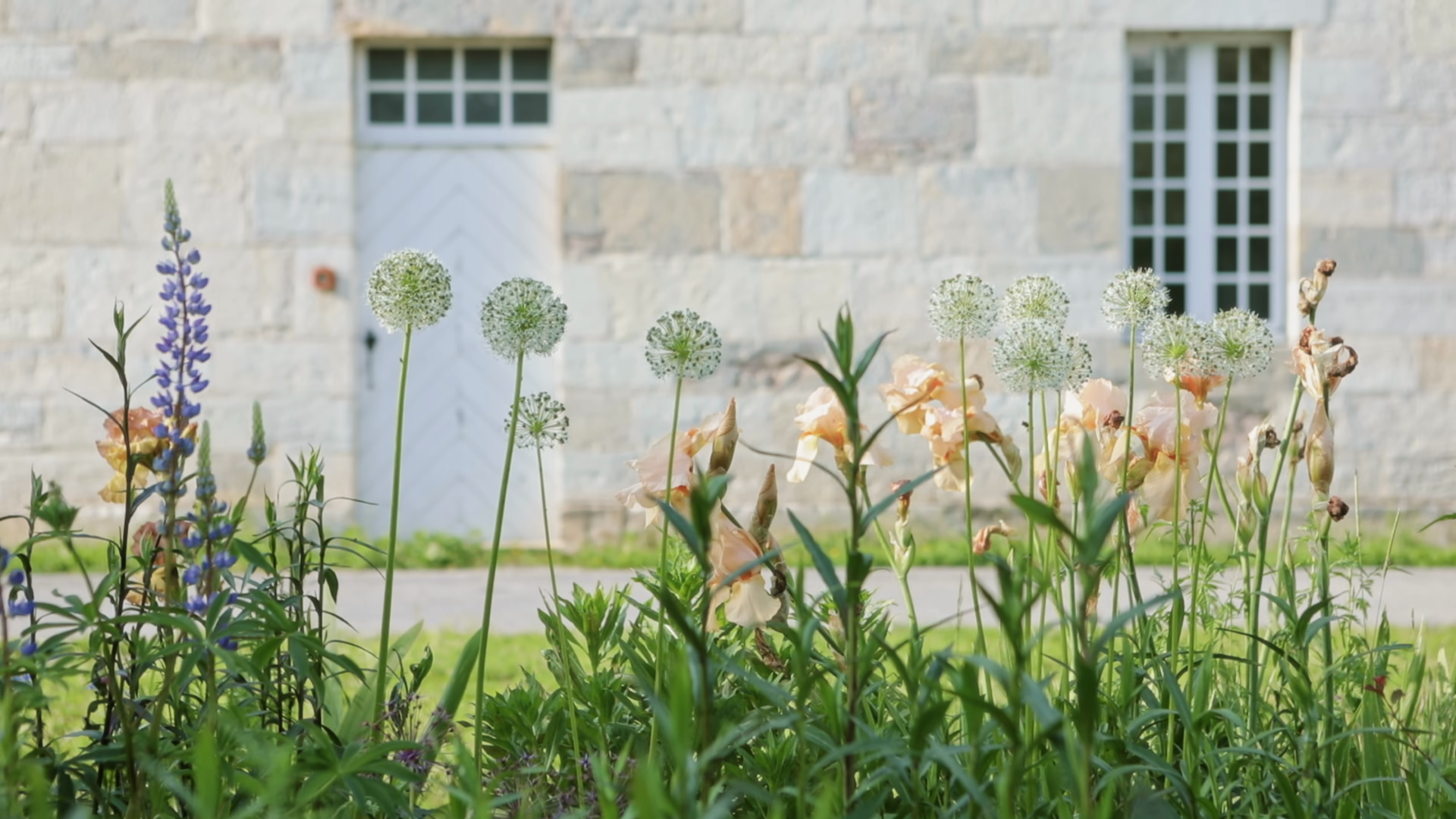
.png)
